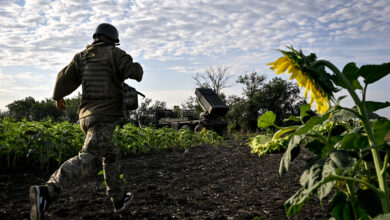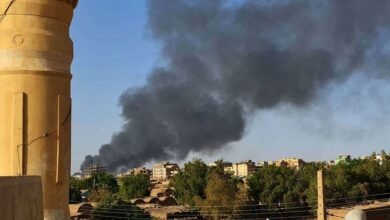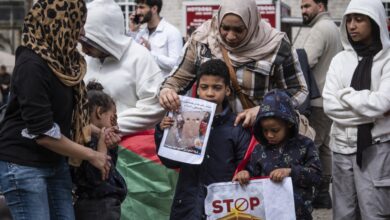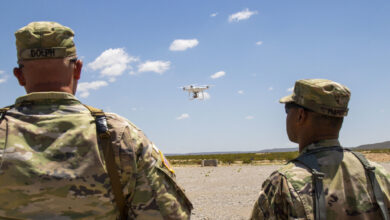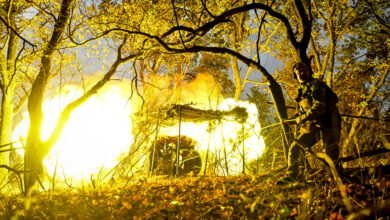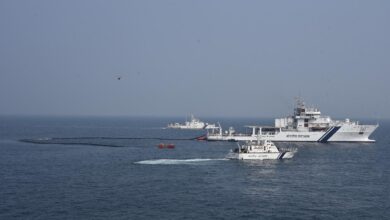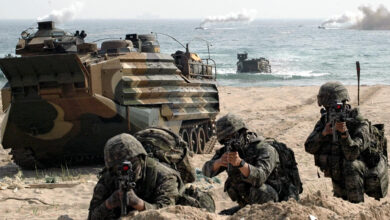US carried out airstrike in Nangarhar accused of killing 30 Afghan civilians
The United States was behind an airstrike in eastern Afghanistan that is blamed for the deaths of at least 30 civilians, a spokesperson for U.S. forces in the country told The Defense Post.
At least 30 people were reported killed and 40 injured in the early morning airstrike in Nangarhar province that was orginally reported as being an Afghan operation.
The air raid was aimed at destroying an Islamic State “hideout” in the Khogyani district of the province, Reuters reported government officials as saying on Thursday, September 19.
But the strike, reported to be by drone, killed dozens of civilians who were working in the pine nut field in the Wazir Tangi area of the district. At least 40 more people were reported injured.
“U.S forces conducted a precision strike against Da’esh terrorists in Nangarhar early this morning,” U.S. Forces-Afghanistan spokesperson Colonel Sonny Leggett said in an emailed statement.
“We are aware of allegations of the death of non-combatants and are working with local officials to determine the facts to ensure this is not a ploy to deflect attention from the civilians murdered by the Taliban at a hospital in Zabul earlier today,” he said.
Earlier Thursday the Taliban said they were responsible for a deadly vehicle bomb that killed and injured over 100 people in Zabul province. The insurgent group said it was targeting the National Directorate of Security, but the attack destroyed a hospital.
“We are fighting in a complex environment against those who intentionally kill and hide behind civilians, as well as use dishonest claims of non-combatant casualties as propaganda weapons,” Leggett added.
In July, the United Nations Assistance Mission in Afghanistan said the number of Afghan civilians killed in airstrikes has increased even as the overall number of civilian casualties fell in the first half of the year.
UNAMA said aerial operations from January through June killed and injured 519 people – with 363 dead – a 39% increase in civilian casualties from airstrikes compared to the same period last year.
Islamic State’s Wilayat Khorasan, referring to the historic region in Central Asia (parts of Afghanistan, Iran, Turkmenistan and Uzbekistan), is also known as Islamic State-Khorasan Province (ISKP) or ISIS-K.
ISIS spokesperson Mohammad al-Adnani accepted the bayyah, or pledge of allegience, from ISKP’s then leader Hafez Saeed Khan, in January 2015, and proclaimed Wilayat Khorasan to be the Afghanistan and Pakistan wing of ISIS central.
Despite early attempts by the United States and Pakistan to rout the group, ISKP was able to gain a foothold in parts of Afghanistan, including in the Taliban’s southern stronghold Helmand, provinces in the north like Jowzjan and Sar-e-Pul; Farah in the west; and parts of eastern Nangarhar province.



